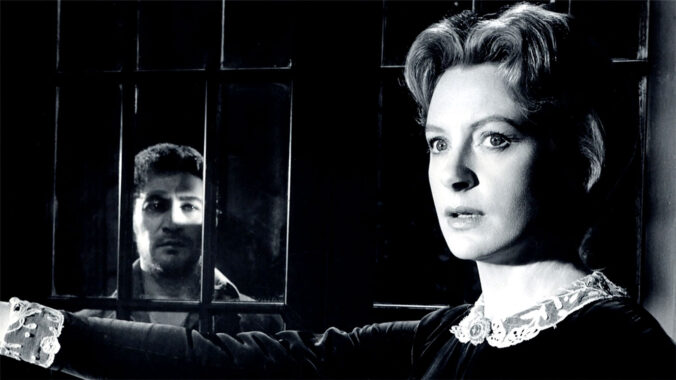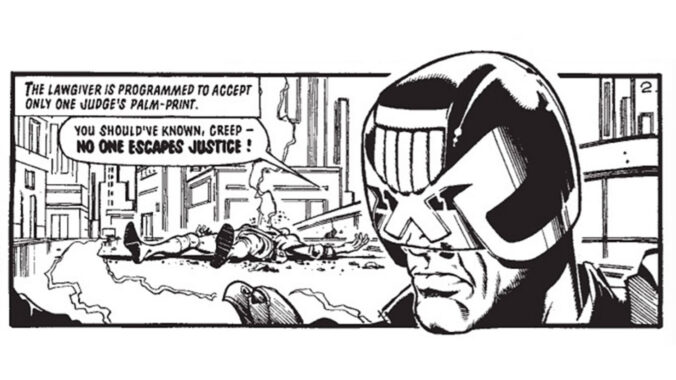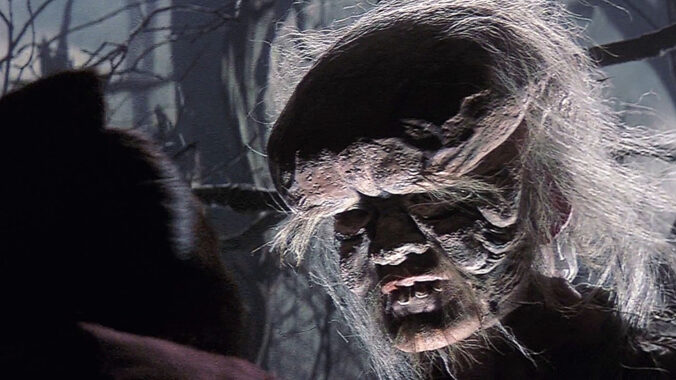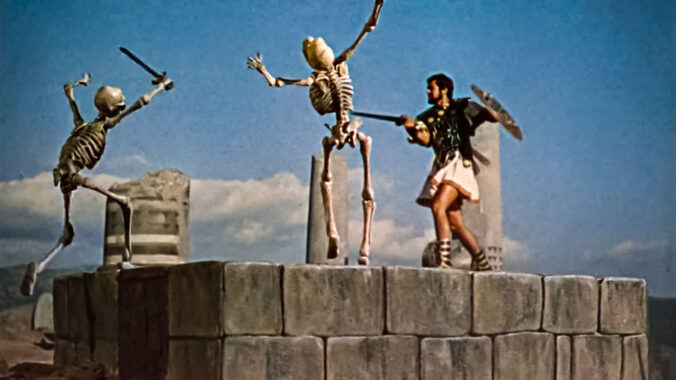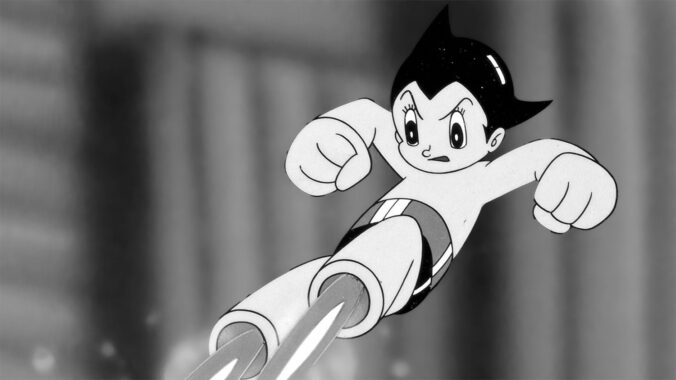I’ve recently watched six movies that featured the Japanese attack on the US naval base at Pearl Harbor in Hawaii. It’s so interesting how they all used the historical event in different ways and with different purposes.
From Here to Eternity (Fred Zinnemann, 1953) ends with the attack. Before that, we see the intersecting lives of several characters around the island. Private Robert E. Lee Prewitt (Montgomery Clift), Sergeant Milton Warden (Burt Lancaster), and Private Angelo Maggio (Frank Sinatra) navigate the tensions of military life in Pearl Harbor. Karen Holmes (Deborah Kerr), the wife of Warden’s commanding officer, and Alma (Donna Reed), an “entertainer” working at a gentlemen’s club, explore what roles are available in a closed society made for men.
None of the characters are heroes. Prewitt is tragically stubborn, accepting undeserving punishment from his superiors and justifying it as personal integrity. Warden is cynical and pragmatic, caught in a doomed affair with his commanding officer’s wife. Maggio is a self-destructive underdog who has accepted his fate, trying to have a few moments of pleasure before it all ends. All three are locked into a system of institutional cruelty, masculinity under pressure, and the suffocating effects of rigid hierarchies, both military and societal.
The women occupy a paradoxical space, central to the story’s emotional undercurrents and, at the same time, only peripheral in a male-dominated world, their lives shaped by their relationships to the men and their limited agency within a patriarchal order. Karen is the archetype of the disillusioned military wife trapped in a sexless, loveless marriage with an unfaithful husband. Her affair with Warden is an act of both rebellion and desperation. Alma works as a prostitute and dreams of a respectable life back on the mainland. Her romance with Prewitt is fraught with illusions and pragmatism: she wants to love him, but not at the cost of her escape plan.
From Here to Eternity is a brooding, emotionally resonant war drama classic of mid-century American cinema. Adapted from James Jones’s 1951 novel, the film is often remembered for its iconic beachside kiss between Burt Lancaster and Deborah Kerr, but it is far more than a memorable still frame. It is a study of a repressive and masculinized institution that crushes those who don’t conform. The military, as depicted here, is less a protector of freedom than an engine of conformity. Dissent, even principled dissent, is punished. Compassion is a weakness. While sanitized compared to the novel, especially in its portrayal of sexuality and institutional corruption, it still tackles extramarital affairs, prostitution (thinly veiled), and brutality within the ranks with remarkable frankness for the time.
From Here to Eternity is easily the best movie of this batch. It captures a world on the brink of historical catastrophe, populated by people already living through private wars. It reflects the gender norms of its era, sometimes critically and sometimes uncritically, but always with emotional depth. Its women, while not given full narrative autonomy, are as vivid and wounded as the men, and their struggles underscore the film’s bleak view of a world where love is no match for duty, and integrity comes at the cost of survival.
In Harm’s Way (Otto Preminger, 1965) starts with the attack. From there, it tries to build a narrative of a sweeping World War II epic, echoing the grandeur and psychological nuance of earlier war dramas. And it fails. Miserably. In the mid-sixties, it is still trying to build heroes in the style of the mid-forties.
Playing Captain Rockwell Torrey, John Wayne is a paragon of stoicism, a figure of silent suffering and noble command. He is rarely questioned and even more rarely wrong. He begins the film as a granite-jawed archetype of military virtue and ends the same way. Perhaps that’s the point: he is the immovable rock in a sea of shifting loyalties and crises, but it leaves little room for psychological complexity. As the more volatile and morally compromised Commander Paul Eddington, Kirk Douglas offers a counterpoint: his character is flawed, scarred, and driven by guilt. Yet his arc, involving a sexual assault subplot that is handled with both narrative bluntness and emotional detachment, feels poorly justified and oddly sanitized. Patricia Neal is given the unenviable role of Lieutenant Maggie Haines, the nurse who exists primarily to be Wayne’s emotional salve. There is a quiet dignity in her performance but, like all the women in the film, she is relegated to the periphery of a man’s world. Jill Haworth and Paula Prentiss play roles that are at best ornamental and at worst exploitative, especially in scenes where trauma is either brushed aside or used solely as motivation for male characters.
In Harm’s Way is based on James Bassett’s 1962 novel of the same name, but it streamlines, sanitizes, and sentimentalizes much of the content. Where the book offers a mature, morally complex portrait of military life during World War II, the film opts for broad strokes, traditional heroism, and a less introspective tone. And the movie goes on for 165 minutes, trying to weave together a personal melodrama with a broader military campaign but never giving either element the depth or pacing it needs. The romantic subplot feels like a studio-mandated softening of the action, while the strategic developments often devolve into scenes of men staring at maps.
Tora! Tora! Tora! (Richard Fleischer & Toshio Masuda & Kinji Fukasaku, 1970) is all about the attack on Pearl Harbor. While the two movies I commented on previously were based on novels, this one is based on historical documents. Instead of using the episode as the opening or the closing of a fictional story, the goal here was to present the attack as closely as possible to the facts. Tora! Tora! Tora! presents a level of historical fidelity that was rare in war films of its time. Eschewing the melodrama typical of World War II cinema, the film adopts a more analytical, even clinical tone in its dissection of the political and military machinery on both sides of the Pacific.
The American military and intelligence community is shown to be hamstrung by layers of bureaucracy, inter-service rivalry, and a failure of imagination. Rather than depicting the USA as simply caught off guard, Tora! Tora! Tora! presents a nuanced picture of systemic failure. Commanders like Admiral Kimmel and General Short are portrayed as competent men working within a confused and compartmentalized system. Intelligence officers pick up ominous signals, like decoded messages and reports of Japanese fleet movement, but these warnings are either dismissed, misinterpreted, or bogged down by red tape and interdepartmental inertia. The film underscores how rigid thinking and an overreliance on protocol dulled America’s preparedness. This dramatization of bureaucratic dysfunction doesn’t scapegoat individuals. Instead, it indicts a system structurally incapable of responding swiftly and decisively. It’s a chilling message, made all the more effective by the film’s docudrama style.
On the Japanese side, Tora! Tora! Tora! is equally committed to portraying internal divisions and philosophical disagreements. The film avoids reducing the Japanese military to a monolithic villain. Instead, it emphasizes the profound ambivalence among Japanese leaders about the wisdom and morality of attacking the United States. Admiral Yamamoto emerges as a tragic figure, a strategist with grave reservations about war with the USA, famously noting that Japan would only “run wild” for six months before American industrial might turned the tide. His internal conflict is rendered with restraint but clarity, contrasting him with more hawkish elements within the Imperial Navy and Army. The cabinet debates, the vacillations, and the forced consensus all contribute to a portrait of a nation not inexorably driven to war but pushed into it by a mix of pride, desperation, and flawed assumptions.
While Tora! Tora! Tora! earns praise for its accuracy and evenhandedness, its austere tone can also be a liability. Characters often feel more like avatars of historical forces than fully realized individuals, and the narrative momentum occasionally stalls under the weight of procedural detail. Yet this same quality also lends the film a unique power. It plays less like an adventure movie and more like a fatalistic tragedy unfolding with the inevitability of a Greek play.
In Pearl Harbor (Michael Bay, 2001), the attack happens around the middle of the movie. It wanted us to already know the characters when they are impacted by the attack on Pearl Harbor, but it also wanted to end with a victory (even at the expense of historical integrity). It’s a sweeping war-romance epic that attempts to dramatize a devastating and pivotal moment in American history by inserting a love triangle between Ben Affleck, Josh Hartnett, and Kate Beckinsale, plus a collection of history inaccuracies.
The film takes serious liberties with historical facts, especially in how it inserts its fictional protagonists into the center of the attack’s response. Affleck and Hartnett play Rafe McCawley and Danny Walker, two fighter pilots who manage to get airborne during the surprise attack and shoot down multiple Japanese planes in what can only be described as a heroic fantasy. While a handful of American pilots did manage to get airborne and resist, the depiction in Pearl Harbor exaggerates the success and agility of the defenders. In reality, the US response was largely uncoordinated and overwhelmed by the scale and surprise of the assault.
The film also blurs lines between real and fictional elements. For example, the Doolittle Raid, which the protagonists participate in near the end, is portrayed as a natural progression of their personal storylines. Historically, the Doolittle Raid was a daring bombing mission on Tokyo that took place months after Pearl Harbor and was carried out by specially trained volunteers. Affleck and Hartnett’s inclusion feels forced and serves more to give the characters a satisfying arc than to honor that mission’s real complexity and risk.
Bay’s signature style of slow-motion hero shots, grandiose music, and pyrotechnic-heavy action is fully displayed during the Pearl Harbor attack sequence. The recreation of the Japanese aerial assault is visually impressive, with soaring camera work and chaotic, visceral imagery that captures some sense of confusion and horror. However, while the visual effects are technically remarkable, they are emotionally hollow, often more interested in choreographed destruction than in the human tragedy it represents. The attack becomes an action set piece rather than a historical turning point.
There are brief glimpses of the real human cost of war, such as wounded soldiers flooding the hospital and nurses scrambling to respond, but these moments are fleeting. Cuba Gooding Jr.’s role as real-life Navy cook Doris “Dorie” Miller, who earned the Navy Cross for his valor, is powerful but underdeveloped. His presence is a reminder that Pearl Harbor could have been more impactful had it chosen to center on real historical figures rather than fictional heroes. Instead, we get an earnest but misguided epic that sacrifices historical accuracy and emotional authenticity for romantic clichés and explosive spectacle.
I included The Final Countdown (Don Taylor, 1980) on the list because of its intriguing premise: What if a modern US aircraft carrier were transported back in time to the day before the Japanese attack on Pearl Harbor? Unfortunately, the film ultimately falls short of its philosophical and narrative potential, opting instead for a conservative and somewhat superficial approach to its central dilemma.
The nuclear-powered USS Nimitz is caught in a mysterious storm and hurled back to December 6, 1941. The question becomes: should the crew intervene in the course of history and prevent the Pearl Harbor attack, potentially saving thousands of lives but also rewriting world events?
The premise offers immense dramatic and intellectual potential, yet the movie shies away from exploring the consequences of time travel in any meaningful way. Instead, the narrative is tightly controlled and ultimately resolves itself with a deus ex machina: the return of the Nimitz to the present before any intervention can occur. This decision preserves the historical status quo and sidesteps any messy philosophical questions about the morality of altering history, the unpredictability of time, or the ripple effects of technology out of its era.
Though the cast features solid performances, the characters are largely archetypal and underdeveloped. Kirk Douglas plays Captain Yelland with stoic authority, representing military pragmatism and responsibility. Martin Sheen’s character, Warren Lasky, a civilian observer, is meant to offer a more philosophical perspective, but he’s never fully utilized as a moral or intellectual foil to Yelland. Charles Durning plays Senator Samuel Chapman, a 1941-era politician whose presence allows the film to briefly explore the cultural and political mindset of the past. Yet even this opportunity is muted, as the film is more interested in showcasing aircraft maneuvers than interrogating ideological contrasts between 1941 and 1980.
The most glaring weakness of The Final Countdown is its reluctance to engage with the philosophical implications of its own plot. The film flirts with questions of fate, determinism, and the ethics of historical intervention but never commits to any position. This indecision makes the film feel safe, even timid, when it could have been bold and provocative. Moreover, the paradoxes inherent in time travel (causality loops, alternate timelines, the grandfather paradox) are ignored or waved away. In contrast to more intellectually ambitious time travel films of the 1970s (like Time After Time) or the 1980s (like The Terminator), The Final Countdown seems content with its own superficiality.
